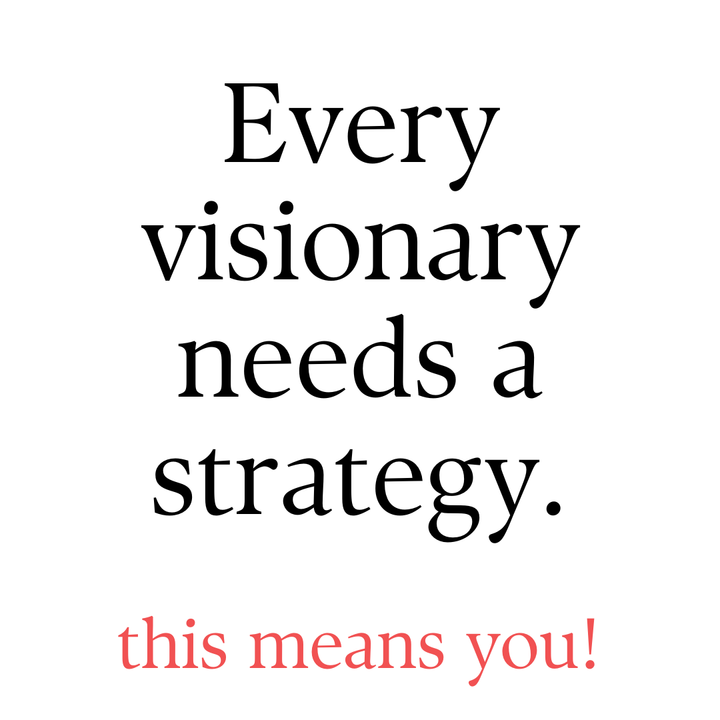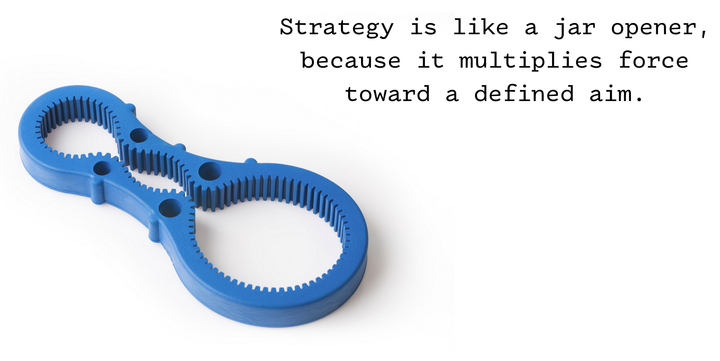Strategy requires a diagnosis
We need to see the problem clearly so that we can create a range of solutions that make sense for that particular problem.
Of course, there's never just one problem. Everything is always a maze of interlocking problems, of causes and effects, of systems issues and policy issues and individual issues and local issues.
How can we make a diagnosis? And why bother, when any diagnosis, by definition, will vastly oversimplify the overall problem?
Because a strategic diagnosis is a point of leverage.
Just as a lever sits on a particular point and can move much more than could be moved without it, a diagnosis sits on a particular point and allows mutually reinforcing strategies to move around it.
There isn't "one true diagnosis". There are many ways to interpret any problem. But the key is to choose one and work from that place.
So, ask yourself:
- What do I think the problem is?
- Remember, this means the problem or part of the problem that you are trying to address
- What are other lenses to look at the same problem?
- What are potential causes or effects related to this problem?
- Can I change the "level" from which I'm looking at this problem? (For example, looking from a broader systems perspective or more narrow individual perspective.)
You might want to write down all the problems on a big sheet of paper, then work to group them by theme or common cause. Aim to end up with 3-5 categories.
Now ask yourself:
- How do these categories connect with each other?
- Do some cause others?
- Do all of them equally cause the problem, or are some closer to the issue?
- Does any category feel expansive or fresh in how it looks at the issue?
Think of these as a working hypothesis. You'll choose one to move ahead with to strategize a solution.

